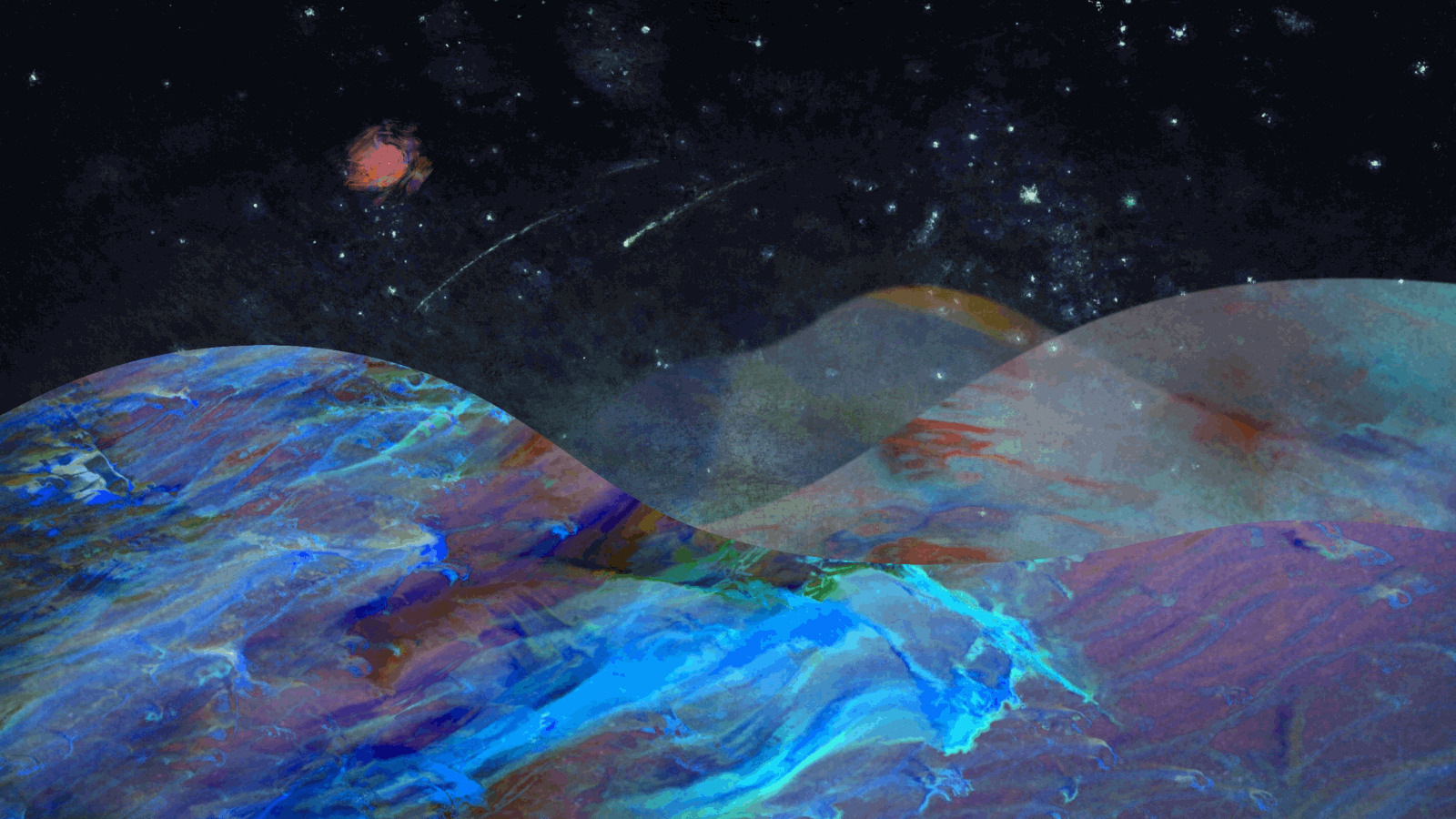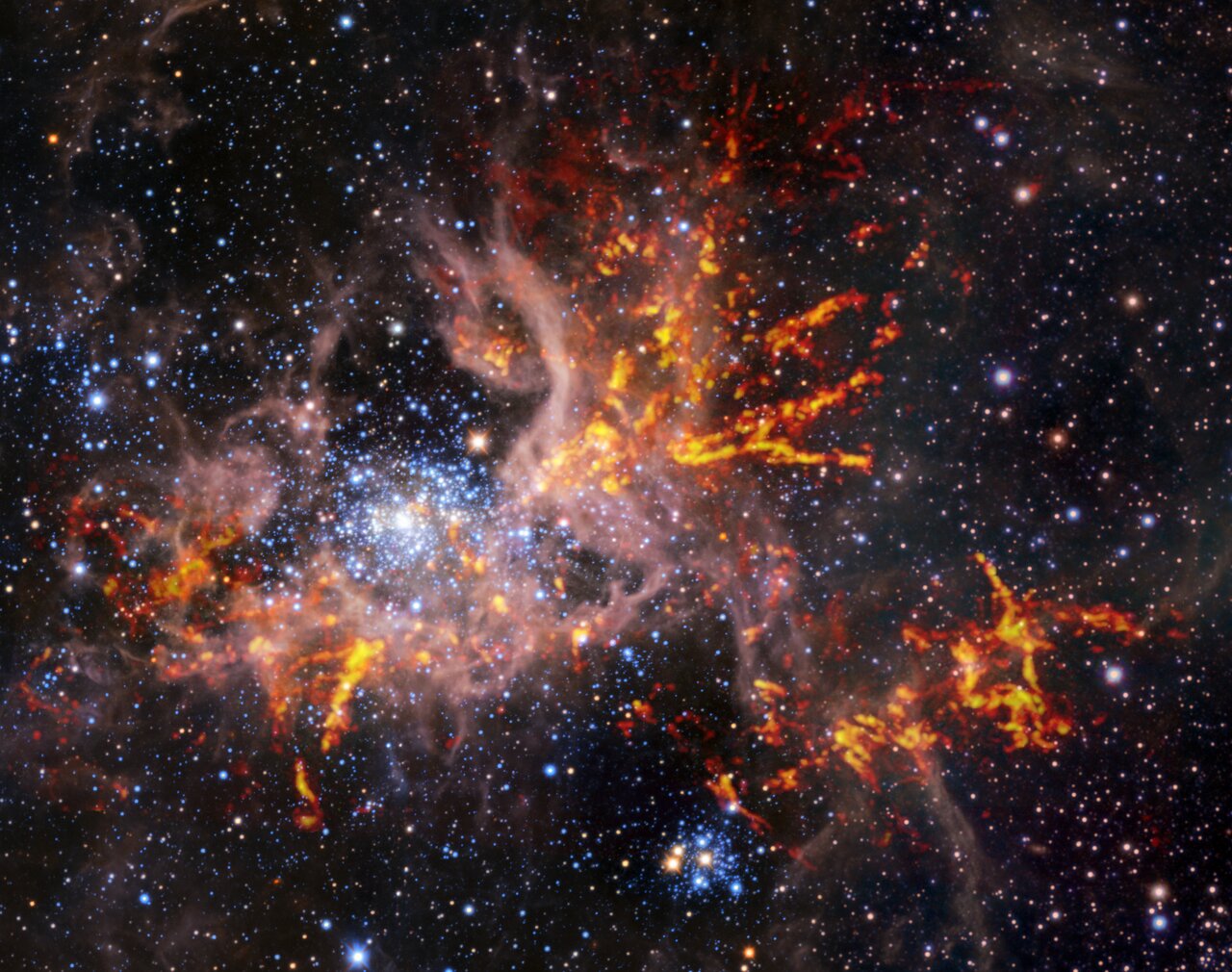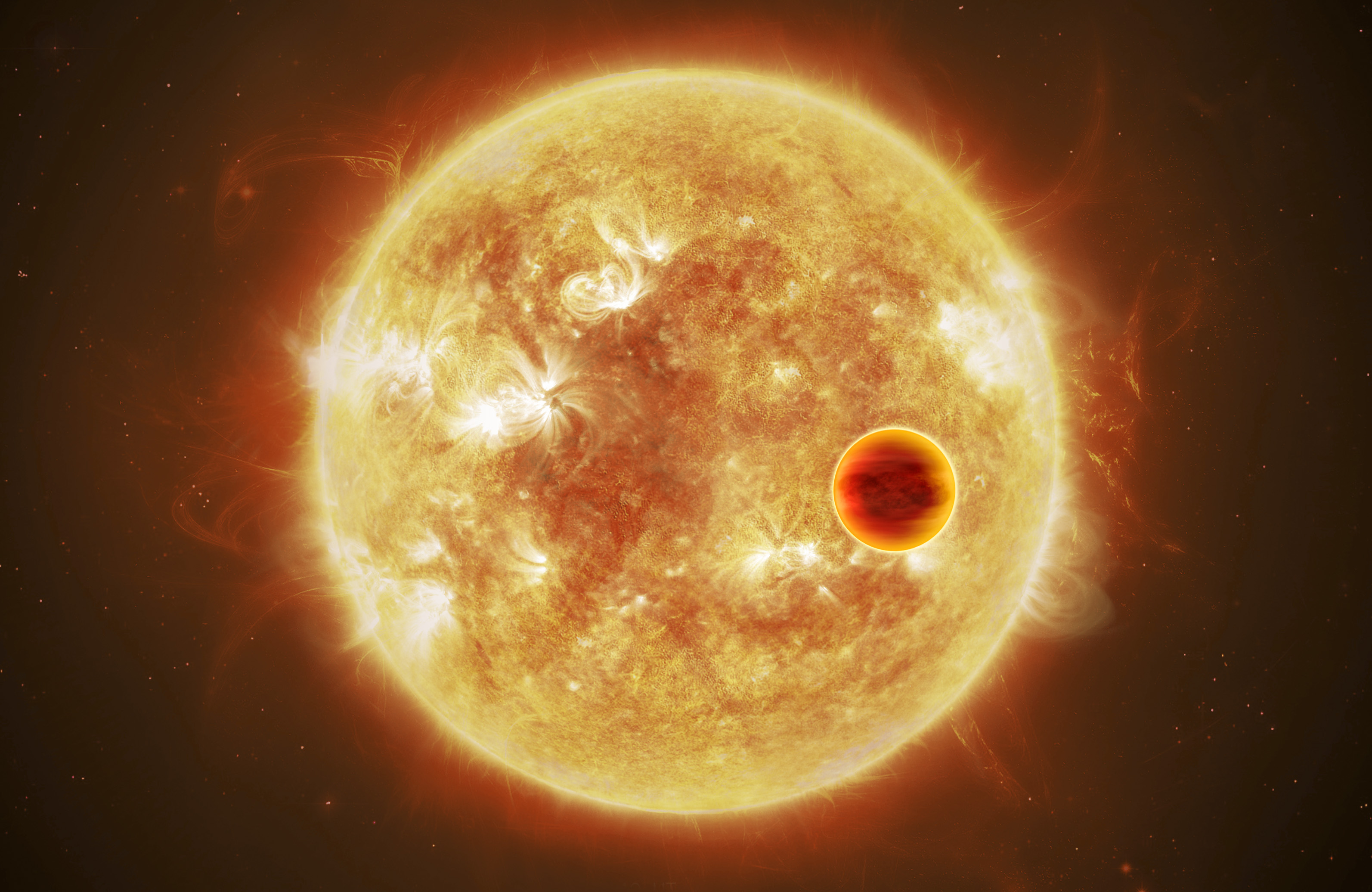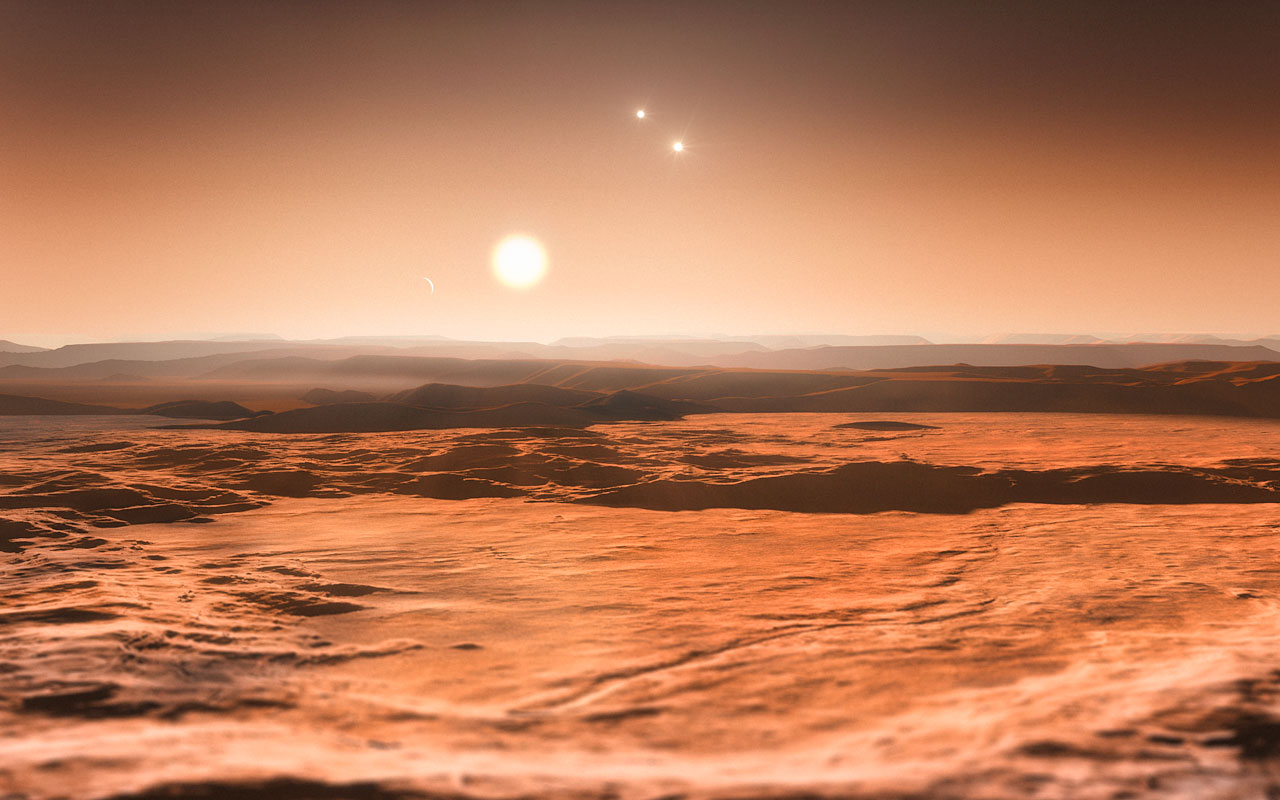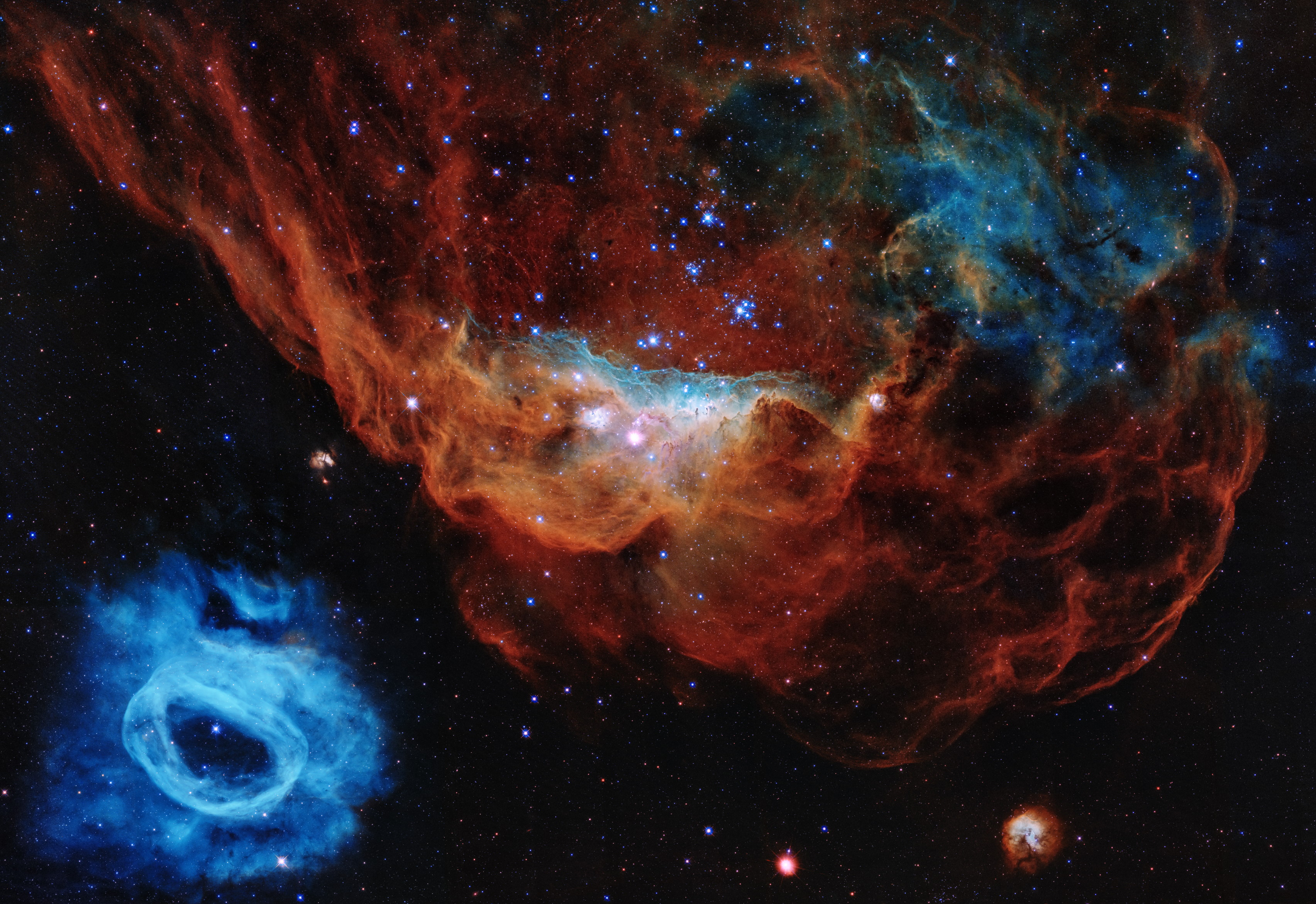How stars die

- The fact that stars have a life cycle just like us was one of the great discoveries of 20th-century astronomy.
- When stars die, they might leave a slowly fading carbon corpse, or they might turn into a black hole.
- There is one key way to know what a star’s fate will be.
For most of human history, people thought stars were eternal. They were immortal gods in the sky or timeless jewels set in the celestial firmament. One of the most remarkable discoveries of 20th century astronomy, then, was that stars have life cycles just like us. They are born, they pass through middle age, and eventually they die.
Today, I want to tell you a little bit about that last part of the cycle: stellar death. In particular, I want to tell you about the differences in stellar fate. Stars die in different ways depending on their mass.
A carbon corpse
Thermonuclear fusion reactions keep stars alive. The tremendous gravitational crush at the center of a star produces densities, temperatures, and pressures high enough to slam atomic nuclei together so hard they fuse into heavier elements.
During the majority of stellar life it is hydrogen, the simplest element, that fuses into helium and creates the power to make a star shine, while also providing support against the star’s own gravity. But the supply of hydrogen at a star’s core, where fusion can occur, is not infinite. Eventually the fusion fuel runs out, and from that point onward the star is running on borrowed time. This is where the initial mass of the star becomes important.
For stars that begin with less than eight times the mass of the Sun, the gravitationally induced conditions at the core never allow for anything more than helium burning. When the hydrogen fuel expires, the energy flow outward is reduced and the weight of material above the core causes it to contract. Eventually, the temperatures in the core rise to the point where helium can begin fusing into carbon — 100 million degrees C.
This saves the star for a while, but the helium fuel in the core is finite, too, and it gets used up. Because there is not enough mass to squeeze carbon to the point of burning, what’s left is a dead cinder composed entirely of carbon nuclei so tightly packed that only quantum mechanical effects support the star against its own weight. Astronomers call these stars white dwarfs. They are stellar corpses, and they fade slowly to black.
A big star’s fate is written in iron
Stars that begin their lives with a mass greater than eight times that of the Sun have a different fate. Once the helium in their cores is exhausted to carbon, they have enough mass to produce high enough temperatures (500 million degrees C) to ignite the carbon as well. They then step through the nuclear burning of a series of elements, with each element building up as an “ash” from a previous stage: Carbon turns to neon and then oxygen, followed by silicon. Once iron ash builds up in the core from burned silicon, however, the game is over, because it takes more energy to fuse iron into something heavier than the energy that comes out of those fusion reactions.
The iron star is doomed. With nothing to support itself against the gravitational crush, the star collapses on itself, leading to a titanic explosion called a supernova. The cinders left after these big bangs take two forms. On the lower-weight end of the high-mass spectrum, the final death may come as a neutron star, which, like a white dwarf, is a stellar corpse held up by quantum effects. On the higher-weight end, gravity overwhelms even those quantum effects. These are the stars that end their lives as black holes.
The stellar figure is eight
So the census of stars is split into low- and intermediate-mass stars of less than eight solar masses, and the high-mass stars greater than eight solar masses. Low- and intermediate-mass stars die as white dwarfs. High-mass stars die as neutron stars and black holes.
That magic number of eight solar masses is the dividing line. While there are many other remarkable details in a star’s demise, it is the only figure needed to know how a star will die.
